What are bombers ?
Bomber aircraft are specialized military planes designed to deliver and drop munitions, typically bombs, on targets. They play a significant role in modern warfare due to their ability to project power, disrupt enemy operations, and destroy strategic and tactical targets. This article delves into the primary role of bomber aircraft and their use during various conflicts.
Bombers
-
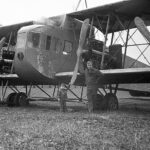 1913 - Sikorsky Ilya Mourometz
1913 - Sikorsky Ilya Mourometz
-
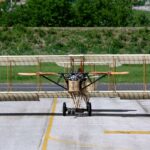 1915 - Caproni Ca.1
1915 - Caproni Ca.1
-
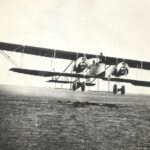 1915 - Caudron G.4
1915 - Caudron G.4
-
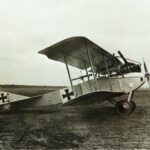 1915 - LVG C.II
1915 - LVG C.II
-
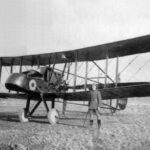 1915 - Royal Aircraft Factory F.E.2
1915 - Royal Aircraft Factory F.E.2
-
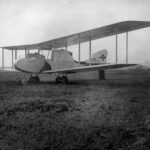 1915 - Rumpler G
1915 - Rumpler G
-
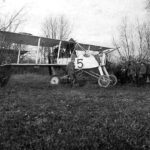 1915 - Voisin Type 5
1915 - Voisin Type 5
-
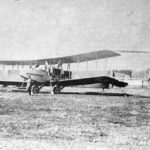 1916 - Avro 523 Pike
1916 - Avro 523 Pike
-
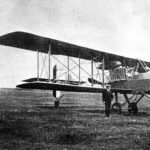 1916 - Breguet Br.5
1916 - Breguet Br.5
-
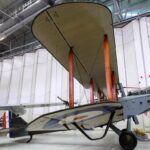 1917 - Airco DH.9
1917 - Airco DH.9
-
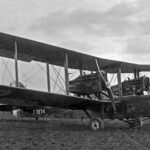 1918 - Airco DH.10 Amiens
1918 - Airco DH.10 Amiens
-
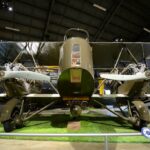 1918 - Martin MB-1
1918 - Martin MB-1
-
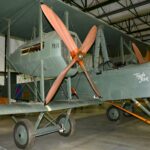 1918 - Vickers Vimy
1918 - Vickers Vimy
-
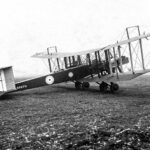 1919 - Blackburn Kangaroo
1919 - Blackburn Kangaroo
-
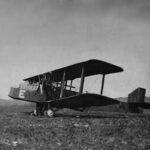 1919 - Handley Page Hyderabad
1919 - Handley Page Hyderabad
-
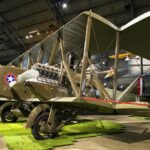 1919 - Martin NBS-1
1919 - Martin NBS-1
-
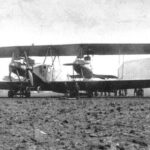 1919 - Zeppelin-Staaken R.XIV
1919 - Zeppelin-Staaken R.XIV
-
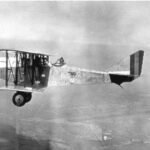 1920 - Ansaldo A.300
1920 - Ansaldo A.300
-
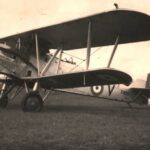 1920 - Hawker Horsley
1920 - Hawker Horsley
-
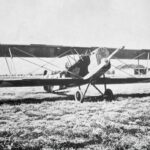 1921 - Aero A-11
1921 - Aero A-11
-
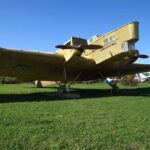 1925 - Tupolev TB-1
1925 - Tupolev TB-1
-
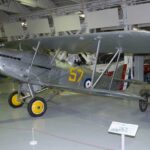 1928 - Hawker Hart
1928 - Hawker Hart
-
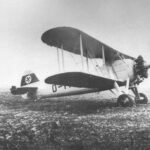 1931 - Heinkel He 50
1931 - Heinkel He 50
-
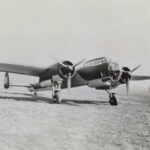 1936 - Dornier DO17
1936 - Dornier DO17
-
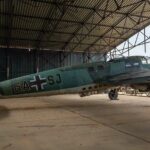 1936 - Heinkel He 111
1936 - Heinkel He 111
-
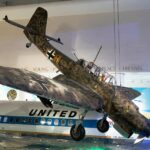 1936 - Junkers Ju 87 Stuka
1936 - Junkers Ju 87 Stuka
-
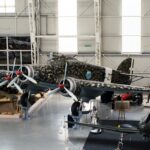 1936 - Savoia-Marchetti SM.79 Sparviero
1936 - Savoia-Marchetti SM.79 Sparviero
-
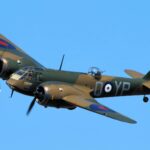 1937 - Bristol Blenheim
1937 - Bristol Blenheim
-
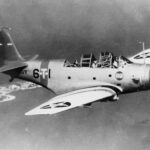 1937 - Douglas TBD Devastator
1937 - Douglas TBD Devastator
-
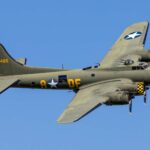 1938 - Boeing B-17 Flying Fortress
1938 - Boeing B-17 Flying Fortress
-
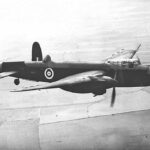 1939 - Avro Manchester
1939 - Avro Manchester
-
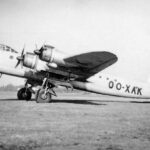 1939 - Short Stirling
1939 - Short Stirling
-
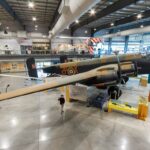 1940 - Handley Page Halifax
1940 - Handley Page Halifax
-
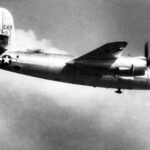 1940 - Martin B-26 Marauder
1940 - Martin B-26 Marauder
-
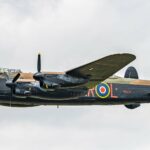 1941 - Avro Lancaster
1941 - Avro Lancaster
-
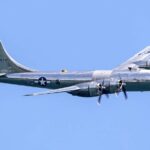 1941 - Boeing B-29 Superfortress
1941 - Boeing B-29 Superfortress
-
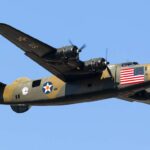 1941 - Consolidated B-24 Liberator
1941 - Consolidated B-24 Liberator
-
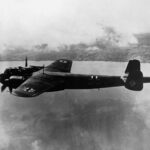 1941 - Dornier Do 217
1941 - Dornier Do 217
-
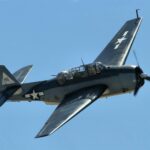 1941 - Grumman TBF Avenger
1941 - Grumman TBF Avenger
-
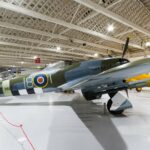 1941 - Hawker Typhoon
1941 - Hawker Typhoon
-
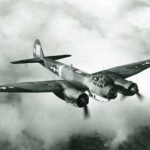 1941 - Junkers Ju 88
1941 - Junkers Ju 88
-
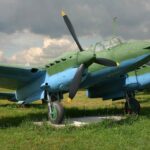 1941 - Petlyakov Pe-2
1941 - Petlyakov Pe-2
-
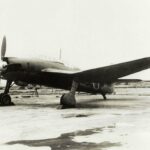 1942 - Aichi B7A
1942 - Aichi B7A
-
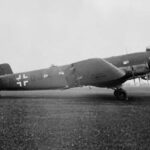 1942 - Junkers Ju 290
1942 - Junkers Ju 290
-
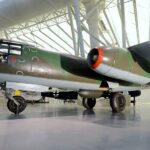 1944 - Arado Ar 234
1944 - Arado Ar 234
-
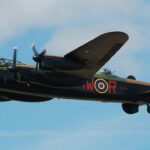 1944 - Avro Lancaster Mk.III
1944 - Avro Lancaster Mk.III
-
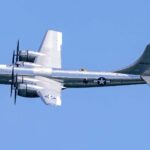 1944 - B-29 Superfortress
1944 - B-29 Superfortress
-
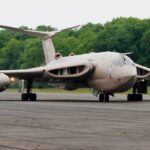 1945 - Handley Page Victor
1945 - Handley Page Victor
-
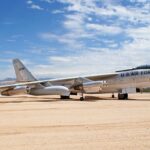 1947 - Boeing B-47 Stratojet
1947 - Boeing B-47 Stratojet
-
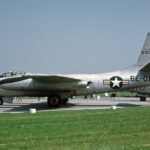 1947 - North American B-45 Tornado
1947 - North American B-45 Tornado
-
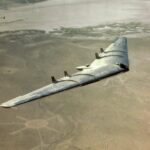 1947 - Northrop YB-49
1947 - Northrop YB-49
-
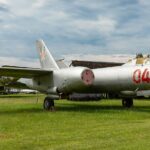 1949 - Ilyushin Il-28
1949 - Ilyushin Il-28
-
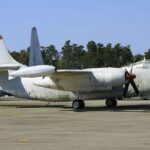 1950 - North American AJ Savage
1950 - North American AJ Savage
-
 1951 - Boeing B-47 Stratojet
1951 - Boeing B-47 Stratojet
-
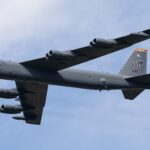 1952 - Boeing B-52 Stratofortress
1952 - Boeing B-52 Stratofortress
-
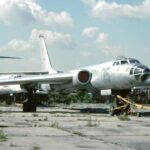 1952 - Tupolev Tu-16
1952 - Tupolev Tu-16
-
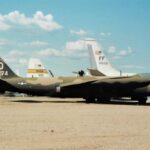 1953 - Martin B-57 Canberra
1953 - Martin B-57 Canberra
-
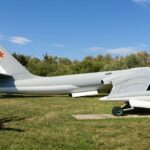 1955 - Myasishchev M-4 / 3M (Bison)
1955 - Myasishchev M-4 / 3M (Bison)
-
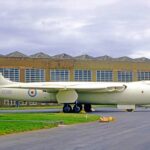 1955 - Vickers Valiant
1955 - Vickers Valiant
-
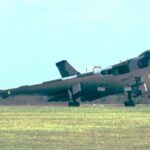 1956 - Avro Vulcan
1956 - Avro Vulcan
-
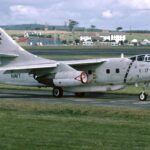 1956 - Douglas A-3 Skywarrior
1956 - Douglas A-3 Skywarrior
-
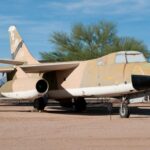 1956 - Douglas B-66 Destroyer
1956 - Douglas B-66 Destroyer
-
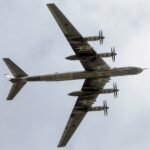 1956 - Tupolev Tu-95 (Bear)
1956 - Tupolev Tu-95 (Bear)
-
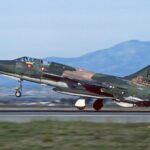 1958 - Republic F-105 Thunderchief
1958 - Republic F-105 Thunderchief
-
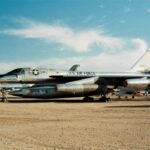 1960 - CONVAIR B-58 Hustler
1960 - CONVAIR B-58 Hustler
-
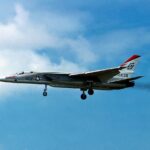 1961 - North American A-5 Vigilante
1961 - North American A-5 Vigilante
-
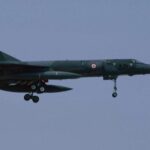 1963 - Dassault Mirage IV
1963 - Dassault Mirage IV
-
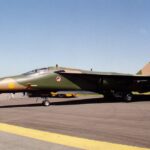 1967 - General Dynamics F-111 Aardvark
1967 - General Dynamics F-111 Aardvark
-
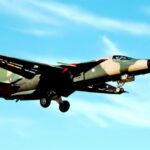 1968 - General Dynamics F-111K (Aardvark)
1968 - General Dynamics F-111K (Aardvark)
-
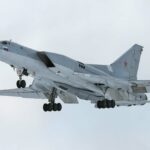 1972 - Tupolev Tu-22M Backfire
1972 - Tupolev Tu-22M Backfire
-
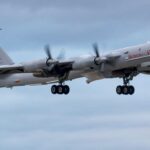 1972 - Tupolev Tu-142 Bear
1972 - Tupolev Tu-142 Bear
-
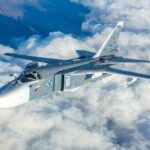 1974 - Sukhoi Su-24 (Fencer)
1974 - Sukhoi Su-24 (Fencer)
-
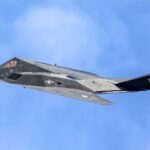 1982 - Lockheed F-117 Nighthawk
1982 - Lockheed F-117 Nighthawk
-
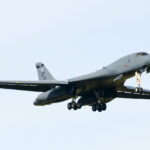 1986 - Rockwell B-1 Lancer
1986 - Rockwell B-1 Lancer
-
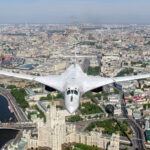 1989 - Tupolev Tu-160 (Blackjack)
1989 - Tupolev Tu-160 (Blackjack)
-
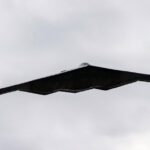 1997 - Northrop Grumman B-2 Spirit
1997 - Northrop Grumman B-2 Spirit
Role of Bomber Aircraft
- Strategic Bombing: One of the primary roles of bombers, especially larger ones like the B-29 Superfortress or the B-52 Stratofortress, is strategic bombing. This involves targeting the enemy’s industrial base, transportation networks, and other infrastructure to cripple their war-making capability and will to fight. Strategic bombing aims to reduce the enemy’s long-term ability to wage war.
- Tactical Bombing: In contrast to strategic bombing, tactical bombing focuses on immediate battlefield objectives. Bombers in this role target enemy troop concentrations, fortifications, supply depots, and other military targets to support ground forces.
- Interdiction: Bombers can be used to target the enemy’s supply lines, preventing them from moving reinforcements, ammunition, fuel, and other essential supplies to the frontline.
- Maritime Patrol and Anti-Ship Role: Some bombers are equipped to patrol over vast ocean areas, searching for enemy naval vessels, and are armed with torpedoes or anti-ship missiles to engage them.
- Nuclear Deterrence: Post World War II, with the advent of nuclear weapons, bombers like the B-2 Spirit have played a role in nuclear deterrence, serving as a platform for launching nuclear strikes if needed.
Use of Bomber Aircraft During Conflicts:
- World War I: The concept of bombing was in its infancy. Aircraft like the German Gotha G.V and the British Handley Page Type O were used to drop bombs on trenches, factories, and cities, introducing a new form of warfare.
- World War II: This war saw a massive escalation in bomber use. The Allies, especially Britain and the USA, used bombers in vast numbers to target German and Japanese cities, factories, and military installations. The most notable campaigns were the bombings of cities like Dresden, Tokyo, Hiroshima, and Nagasaki.
- Korean War & Vietnam War: The U.S. employed bombers extensively, especially the B-52, for carpet bombing and targeting North Korean and North Vietnamese supply routes, bases, and infrastructure.
- Cold War Era: Though there wasn’t a full-scale war between the superpowers, bomber fleets played a vital role in nuclear deterrence. Both the USA and the USSR maintained fleets of bombers on constant alert, ready to retaliate in the event of a nuclear strike.
- Recent Conflicts: Modern conflicts, like the Gulf War, Kosovo, and the wars in Afghanistan and Iraq, have seen the use of bombers for precision strikes against military installations, command and control centers, and other high-value targets. Advances in technology now allow bombers to deliver munitions with pinpoint accuracy, minimizing collateral damage.
Bomber aircraft have been a pivotal component of military strategy since World War I. Their ability to deliver destructive power over vast distances gives nations a strategic advantage, influencing the outcome of battles and wars. As technology advances, bombers continue to evolve, but their core role in projecting power and influencing conflict remains unchanged.